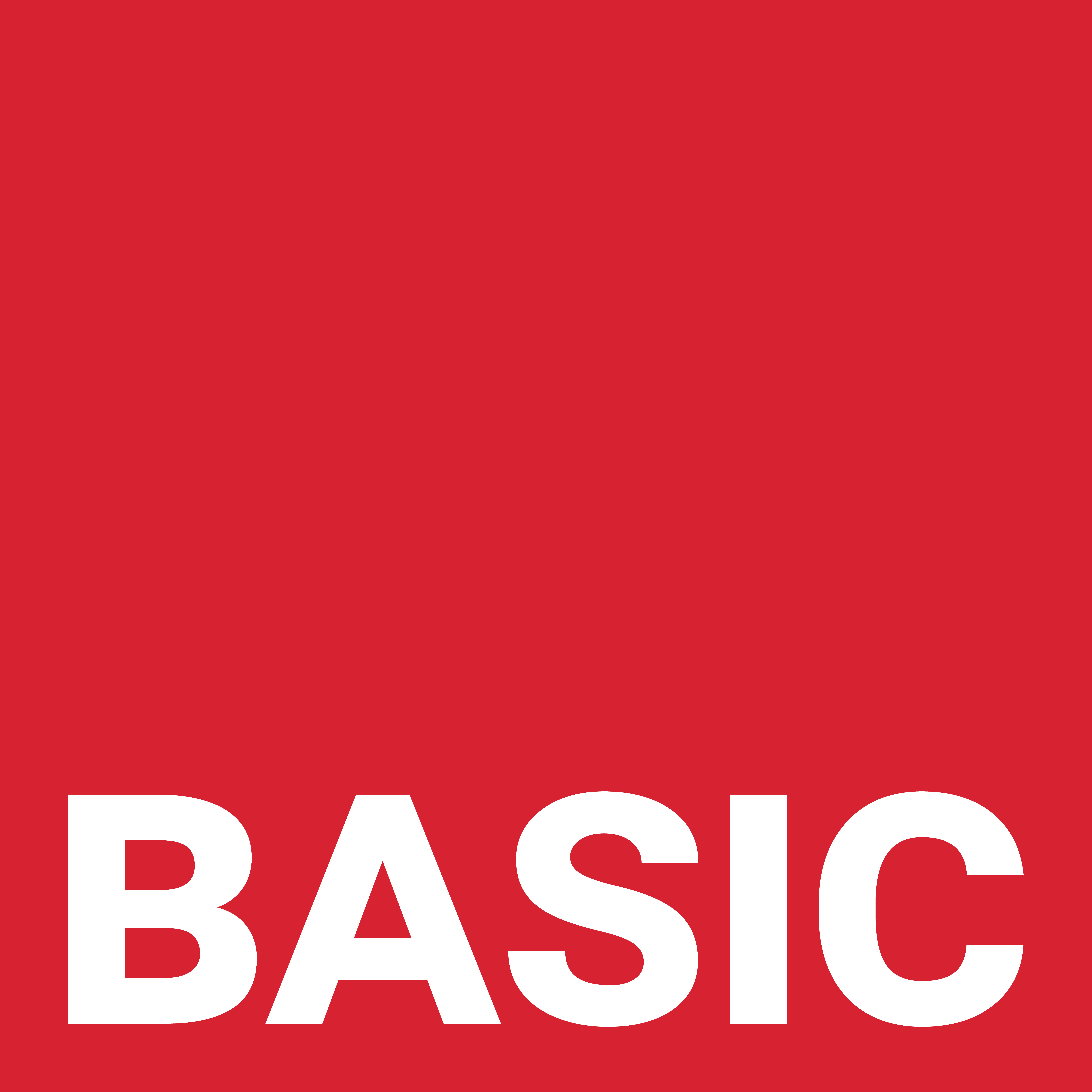On September 18, I posted that that four former executives of Japanese company, Mitutoyo Corp, were found guilty of illegally exporting devices that could be used in producing nuclear weapons. That is true, but from the perspective of actually trying to prevent such things from happening there is more to the story. And, as is usually the case, the redoubtable reporter Mark Hibbs had the story first; back in January, to be precise. Here is some of what he wrote in the January 15 issue of Nuclear Fuel:
Programmes
Questioning President Musharraf’s hero?
We wonder how Dr Khan feels about this. Even though it was Pakistani President Musharraf who relieved Dr Khan of his job and put him in house arrest in February 2004, Musharraff has always been protective of him. In the past, he said, He is my hero. He always was and still is, because he made Pakistan a nuclear power
(Shopping For Bombs, p 214). That helps explain why Musharraf has steadfastly refused to allow Dr Khan to be interrogated by outsiders.
Khan and Clearstream?
In two previous posts, I’ve mentioned press reports about Dr Khan and Syria, one saying there may have been a connection, the other saying no way.
Khan’s network just keeps going and going and going…
The Jerusalem Post ran an article September 20, which may very well be the first article, linking whatever it was in Syria that was attacked by Israel in early September, to wider nuclear proliferation concerns. The article by Yaakov Katz stated:
This week, Khan's name again made headlines – this time over suspicions that his black-market ring was behind the supply of nuclear technology and material to the facility that Israel – according to foreign news reports – bombed two weeks ago in northern Syria.
Khan to Musharraf: Let’s make a deal
Hmm, your former employer has made you a patsy, fired you from your job, hung you out to dry, and ruined your reputation. What do you? Well, if you are former CBS anchor man Dan Rather, you do what any red blooded American would do. You hire a lawyer and sue the bastards.
Khan? I’ll get back to you on that
Since I just blogged about Iran I’m thinking what does it say about American intelligence abilities that some of the best information on Iran’s nuclear program and, for that matter, Khan’s network, has come from private sources. Now I’ve got nothing against private sources; in fact, I’ve long been a huge proponent of increased reliance on OSINT. But it does raise the issue of how effective and interested the US government is in taking out clandestine nuclear trafficking networks.
A front company by any other name is still a front company
On June 13 the Washington Times ran an article asserting that Iran is using newly created front companies in a bid to frustrate US and United Nations sanctions on its suspect nuclear programs. The charges were made by the Paris-based National Council of Resistance of Iran (NCRI), which supports the overthrow of the regime in Tehran.
